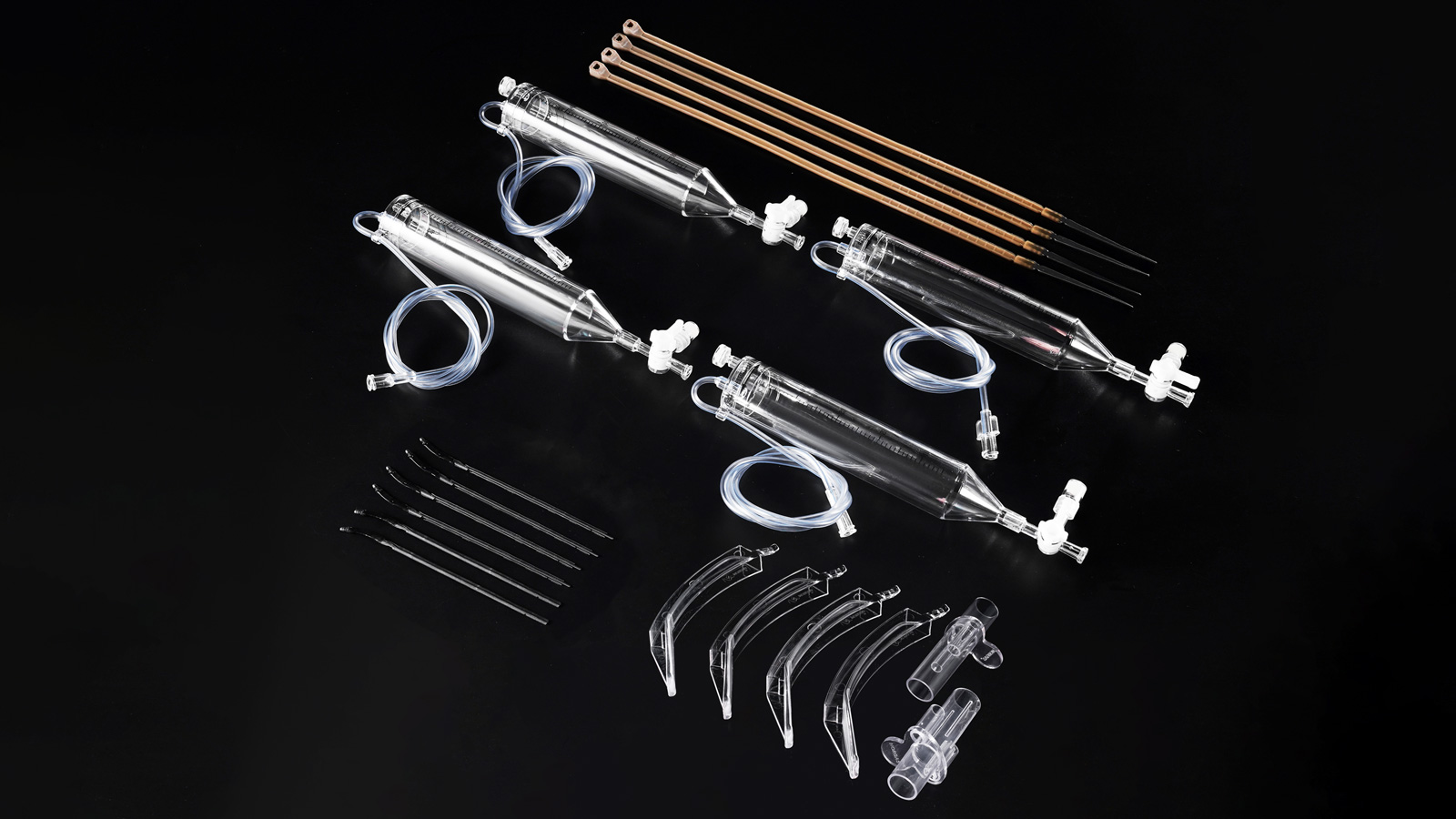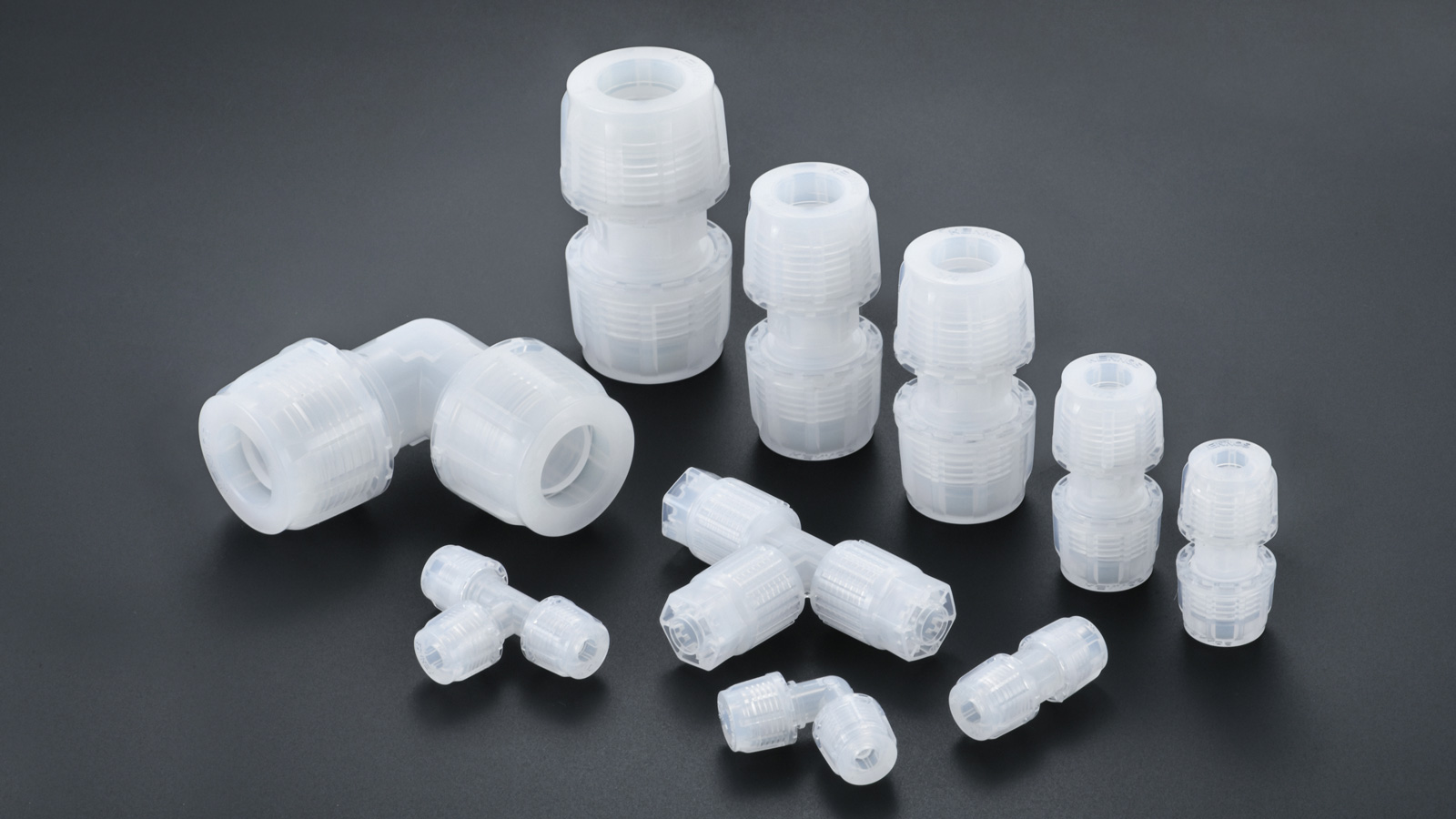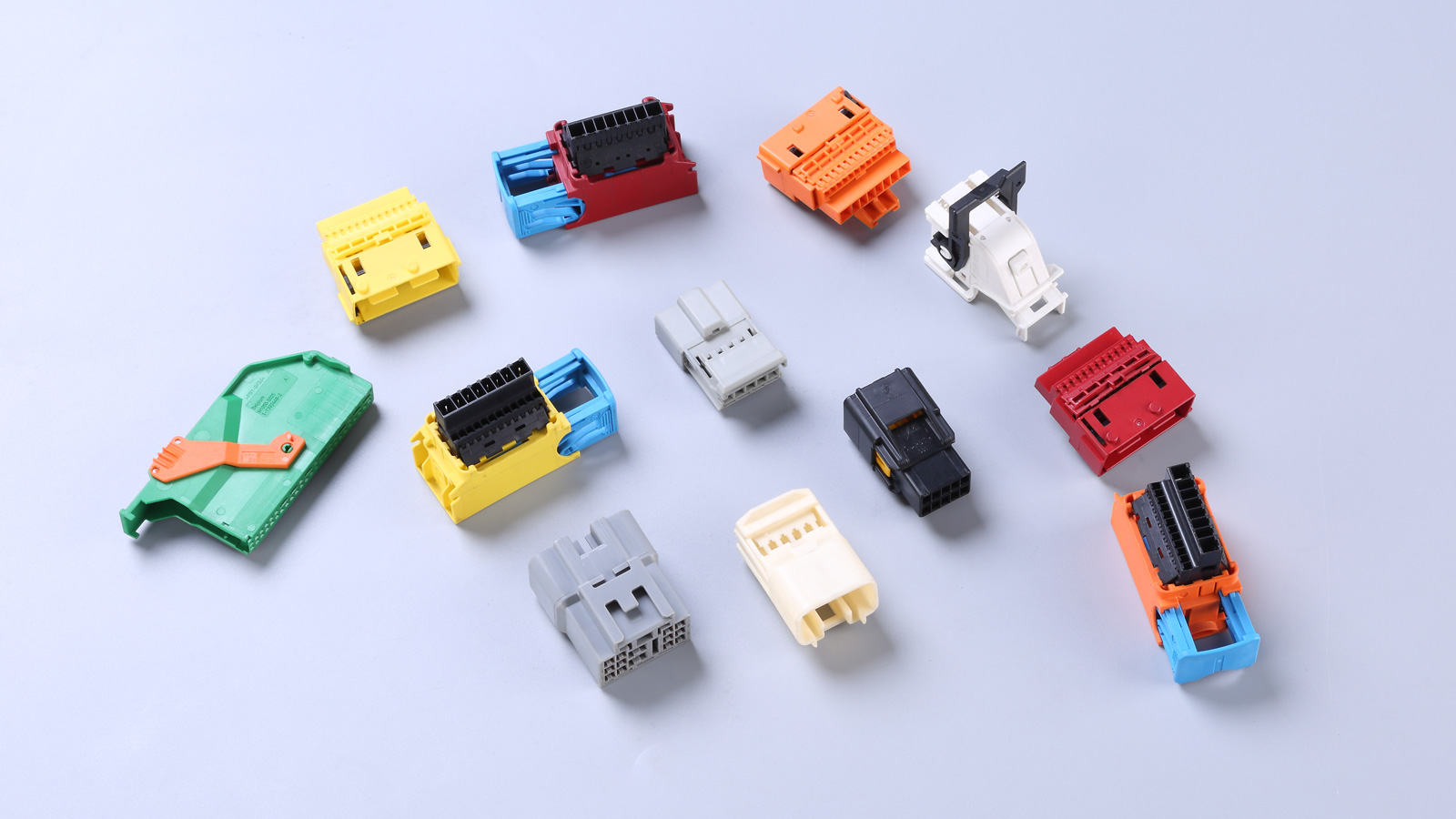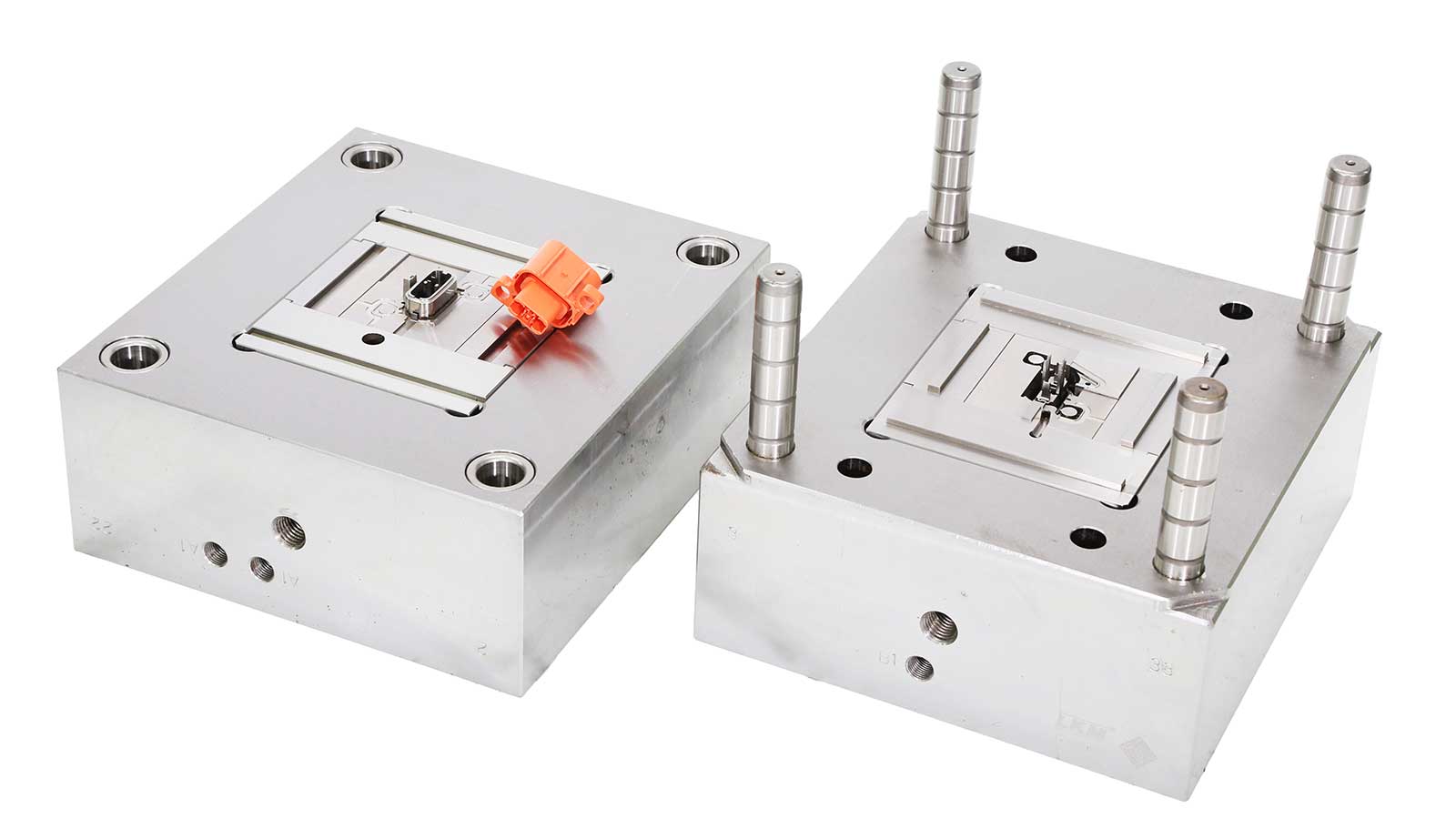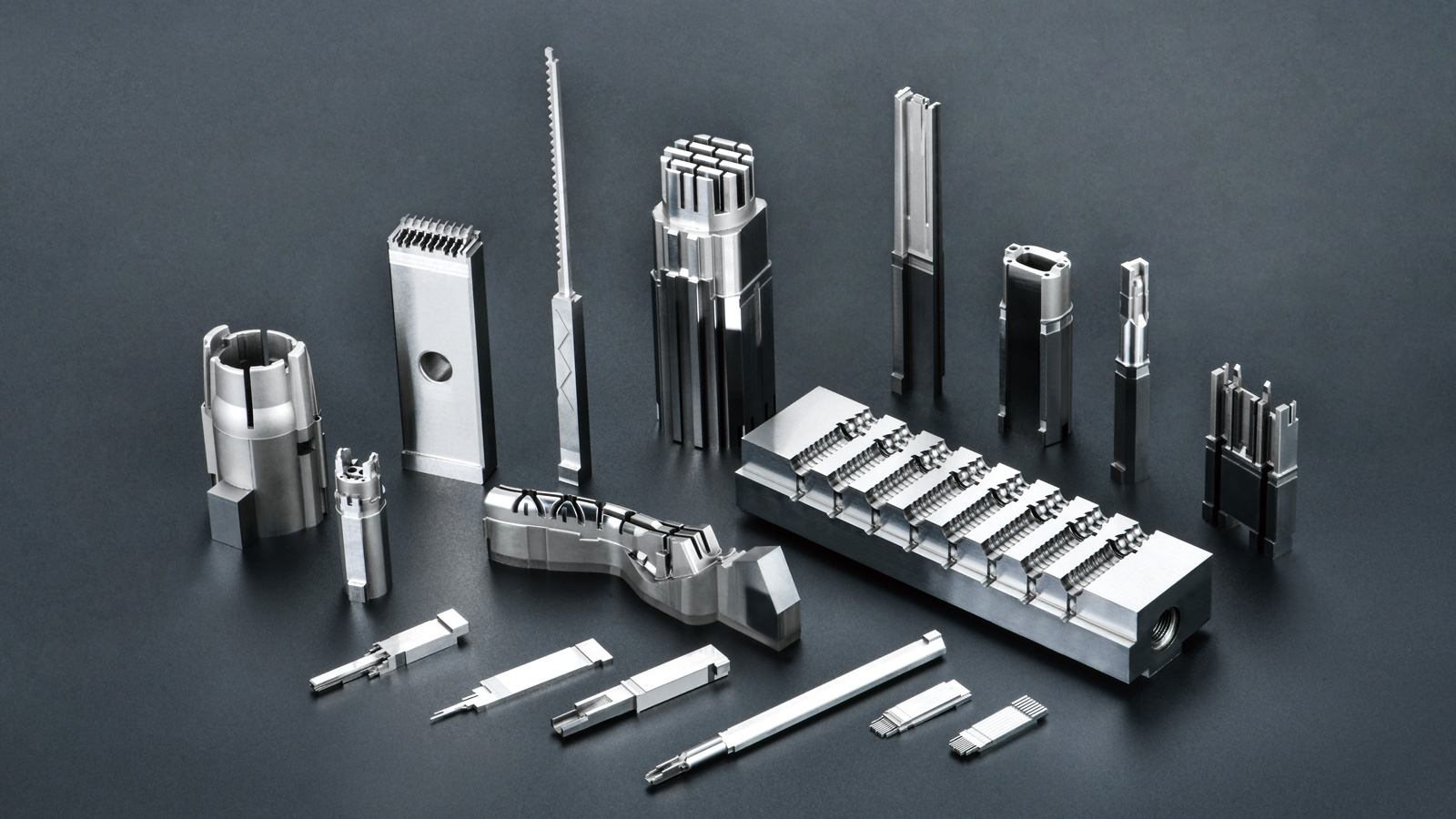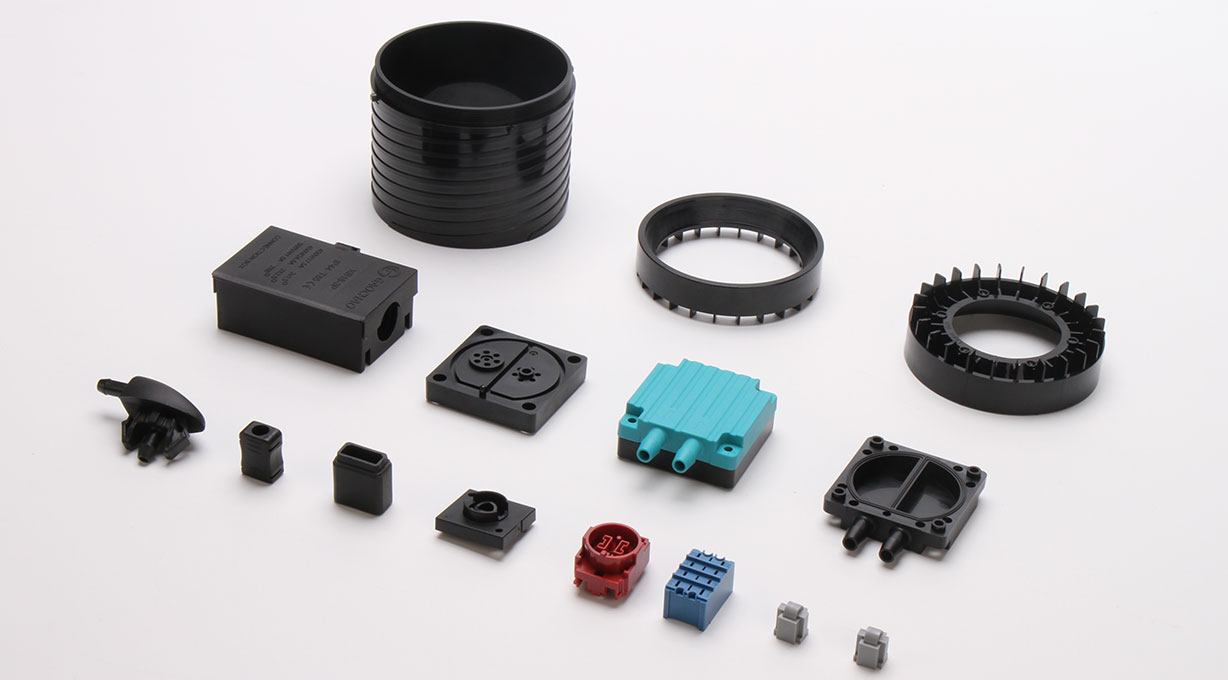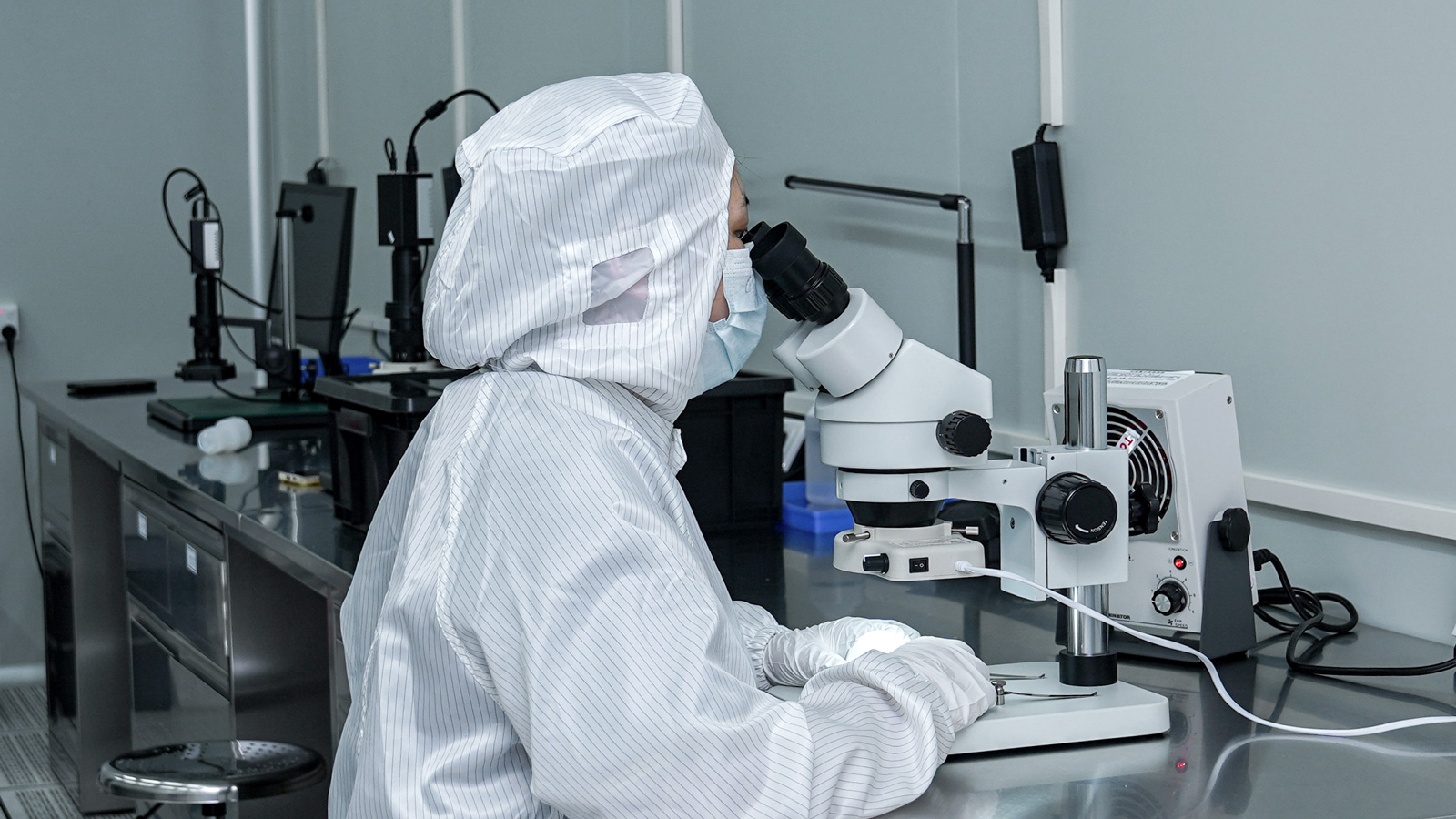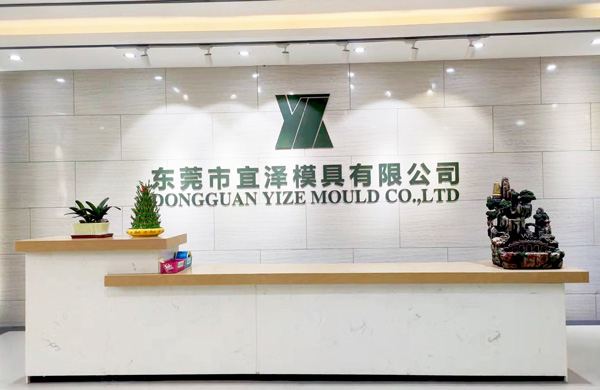Temperature control for injection mold refers to the cooling or heating of the mold. This process is crucial for both the quality of plastic parts and production efficiency. To ensure high-quality plastic parts and improve production efficiency, we must precisely control the temperature of the injection mold within a reasonable range.
I. The Exquisite Design of the Cooling System for Injection Mold
When designing the cooling system for an injection mold, we need to follow these four principles:
-
Cooling channels should be densely arranged, and the cross-sectional size should be large: To more effectively dissipate heat from the mold, cooling channels should be arranged as densely as possible, and their cross-sectional size should be maximized to ensure significant cooling effects.
-
The distance between the channels and the mold cavity should be just right: The distance from the cooling channels to the surface of the injection mold cavity needs to be carefully calculated to ensure effective cooling without adversely affecting the quality of the plastic parts.
-
Anti-clogging design is indispensable: The design of the cooling channels should fully consider anti-clogging measures to ensure that the channels remain unblocked and avoid a decrease in cooling effect due to clogging.
-
Avoid areas prone to weld lines: Cooling channels should be cleverly avoided in areas where plastic parts are prone to weld lines to reduce defects and improve product quality.
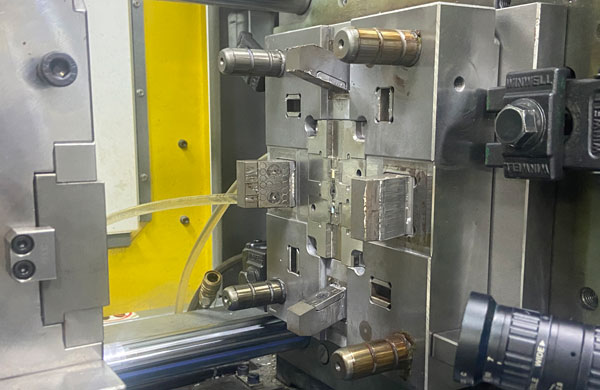
II. The Careful Planning of the Heating System for Injection Mold
In terms of designing the heating system for an injection mold, we also need to focus on the following three points:
-
Even distribution of heating elements: To ensure even heating of the injection mold, heating elements should be evenly distributed throughout the mold to avoid local overheating or underheating.
-
Strict and reliable insulation measures: The heating system must adopt effective insulation measures to prevent safety hazards such as electric leakage and water leakage, ensuring the safety of operators and the normal operation of equipment.
-
Reasonable thermal expansion gaps should be reserved: In the sliding parts of the mold, reasonable thermal expansion gaps should be reserved to accommodate the thermal expansion of the mold during heating, avoiding jamming or damage.
